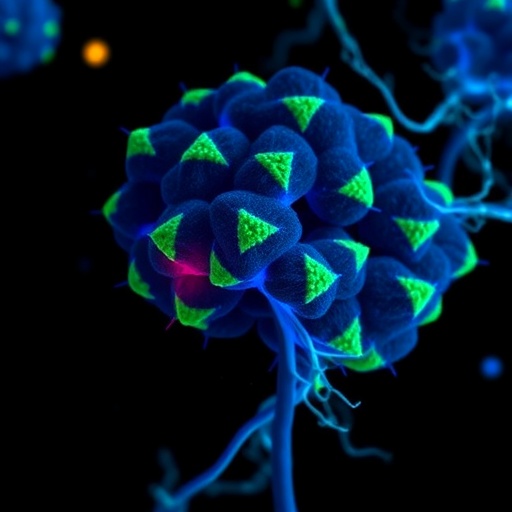Researchers believe understanding variations between individual cells within the same tissue may be critical to understanding the origins of diseases, including brain disorders. The cerebral cortex is the outer layer of neural tissue responsible for cognitive functions including memory, attention and decisionmaking.
“The cortex is a diverse and densely packed network of cells. We can better understand how this whole system works by studying the transcriptional activities of individual cells,” said Kun Zhang, a professor of bioengineering at the UC San Diego Jacobs School of Engineering and the principal investigator of this five-year, interdisciplinary project.
While many studies on human brain functions focus on the neuronal firing and transmission of electrical signals, the underlying activities of all genes in individual neurons and the supporting cells, called glia, represent another important aspect. It has long been recognized that individual neurons might play very specific roles in cognitive functions. However characterizing the activities of all genes in individual brain cells has been extremely difficult due to the technical challenges in handling single cells, extracting and characterizing individual RNA molecules.
“The development of new technologies that can detect differences between individual cells within the same tissue is crucial to our understanding of a wide variety of diseases,” said NIH Director Dr. Francis S. Collins. “This Common Fund Program is an excellent example of how the NIH can accelerate the pace of biomedical discovery.”
Professor Zhang’s team includes co-investigators Wei Wang, UC San Diego professor of chemistry and biochemistry; Dr. Jerold Chun, professor of molecular biology at The Scripps Research Institute; Jian-Bing Fan and Mostafa Ronaghi with San Diego-based Illumina; and George Church, a professor of genetics at Harvard University. They will develop a novel technology for identifying and quantifying all RNA molecules – a proxy for gene activity – in 10,000 individual cells from human brains. The researchers will then use a novel high-resolution imaging technology to anchor the information collected from each cell to the three-dimensional anatomy of the human brain. This reference map of gene activity of the human brain will facilitate the identification of genes responsible for brain disorders.
In announcing the award, NIH said is planning to invest more than $90 over five years to accelerate the development of new single cell analysis technologies as part of its Single Cell Analysis Program. The funding will support a network of three research centers, including one at UC San Diego, focused on studying individual cells from a range of tissue types from the brain, heart, placenta and olfactory system.
Funding for this grant (U01MH098977) came from the NIH Common Fund.
Source: UC San Diego News Center




